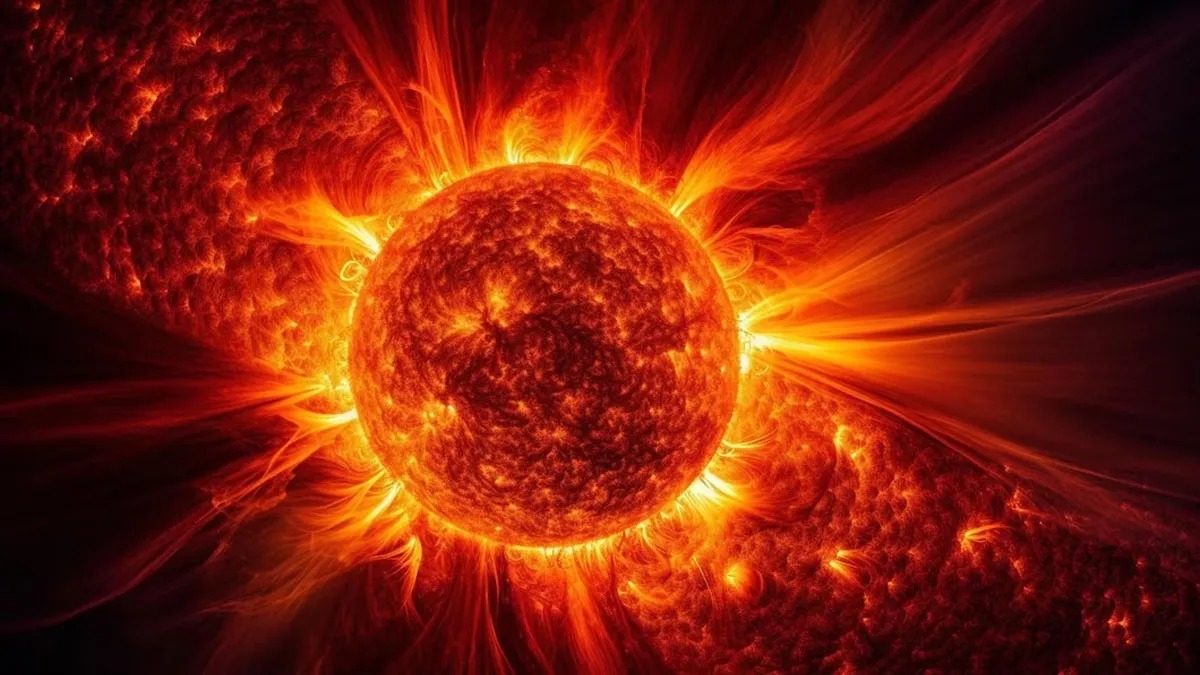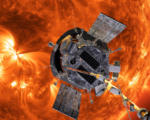The sun unleashed a colossal solar flare, registering as an X9.05 eruption. This remarkable event marks the most powerful flare recorded in the current solar cycle, illuminating the sunlit side of the Earth at its peak around 8:10 a.m. EDT (1210 GMT). The impact of this intense solar activity was felt across Europe and Africa, where significant shortwave radio blackouts occurred. High-frequency communication services experienced noticeable disruptions, affecting everything from aviation to maritime communications, highlighting the sun’s potential to influence technology on Earth.
The source of this powerful solar flare was sunspot group AR3842, which has a well-documented history of vigorous activity. Just days before the X9.05 eruption, this same sunspot group had released an X7.1 flare and generated a coronal mass ejection (CME). The CME, as reported by space weather forecaster Sara Housseal, is currently on a trajectory toward Earth, with an anticipated impact window between October 3 and October 5. This event is particularly exciting for aurora enthusiasts, as CMEs are known to trigger geomagnetic storms that can enhance auroral displays, turning the night sky into a vibrant tapestry of colors.
Understanding the effects of solar activity is crucial for predicting how such events impact our planet. Solar flares and CMEs release streams of electrically charged particles that interact with Earth’s magnetosphere. When these particles collide with atmospheric gases, they can create the stunning light displays we know as the aurora borealis in the Northern Hemisphere and the aurora australis in the Southern Hemisphere. The dynamic interplay between solar activity and Earth’s atmosphere serves as a reminder of our sun’s powerful influence.
The recent X-class flare underscores the need for ongoing monitoring of solar activity, as it can have significant implications for satellite operations, power grids, and communication systems on Earth. With the sun entering a more active phase, scientists and space weather forecasters are closely observing these developments to provide timely updates and warnings. As we brace for the potential effects of the incoming CME, the interplay of solar phenomena and Earth’s magnetosphere continues to be a captivating area of study, offering insights into the broader workings of our solar system.


















